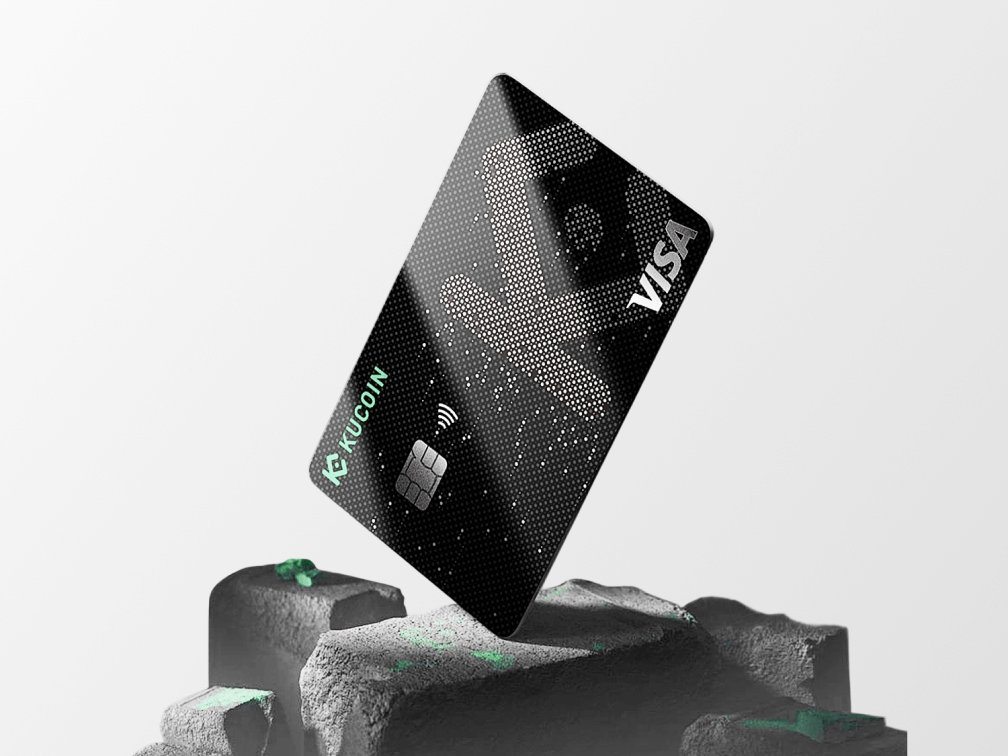What Is a Mining Pool?
A mining pool is a collection of miners who combine their computational resources over a network to strengthen their chances of mining blocks and earning cryptocurrency.







What Is a Mining Pool?
Think of a mining pool as a lottery syndicate for the digital age. Rather than trying your luck solo, you join forces with a group to collectively increase your chances of winning. If your group wins, the prize is split among all members.
In the context of crypto mining, the "lottery" is the process of adding transactions to the blockchain and receiving newly minted cryptocurrency as a reward. Mining cryptocurrency requires significant computational power, and the chances of successfully mining a block as an individual miner can be quite low, depending on the total computational power of your network.
By joining a crypto mining pool, miners can contribute their computational power to the pool and increase the regularity of earning rewards, albeit smaller ones, rather than sporadically earning larger rewards with less frequency and certainty.
The rewards earned from mining a block in a pool are typically distributed to members based on the amount of computational power they contribute.
For instance, in a Bitcoin mining pool, the miners collaborate by pooling their computational resources to increase their chances of successfully mining Bitcoin blocks and earning rewards.
How Do Mining Pools Work?
Here’s a brief overview of how a mining pool works:
- 1
Resource Pooling
Miners in a pool contribute their computational power (hashrate) to collectively solve complex mathematical problems. This is required to validate transactions, adding them to the blockchain.
- 2
Block Reward Distribution
When a block is successfully mined, the reward is distributed among pool members based on their contributed computing power. This method ensures a more consistent and predictable income for a pool's participants.
- 3
Reduced Variance
Pool mining helps reduce the variance in earnings compared to solo mining, where miners may have to wait longer for rewards.
Different Types of Mining Pools
Mining pools are essential for cryptocurrency miners to collaborate and increase their chances of earning rewards. Here are some common types of mining pools that cater to different preferences and needs:
- 1
Pay-Per-Share (PPS)
In this type of pool, miners receive a guaranteed payout for each share of computational power they contribute, regardless of whether the pool successfully mines a block. The pool takes on the risk of variance when it comes to mining. Example: F2Pool.
- 2
Proportional (Prop)
In proportional mining pools, miners are rewarded based on the number of shares they submit during a round. A round spans the time a pool mines one block to when it mines the next. Rewards are distributed in proportion to the computational power each miner contributes during that round. Example: Eligius.
- 3
Pay-Per-Last-N-Share (PPLNS)
This type of pool calculates payouts based on the last N shares, instead of all shares from the last round. This method discourages pool hopping and is similar to the Proportional method, except that it can also consider shares from previous rounds. Example: Braiins Pool.
- 4
Score-Based
This method discourages pool hopping by assigning a score to each share, with more recent shares receiving higher scores. When a block is found, rewards are distributed based on these scores to determine individual payouts. Example: NanoPool.
- 5
Peer-to-Peer (P2P) Mining Pools
Peer-to-Peer (P2P) mining pools are decentralized pools where miners work together to generate blocks. The rewards are then divided based on each miner's computational contribution. Example: P2Pool.
- 6
Hybrid Mining Pools
Some pools combine different reward distribution methods to give miners more flexibility and reduce payout variance. Example: AntPool is a popular mining pool with a hybrid reward system, allowing miners to choose between PPS and PPLNS payout methods.
How Do I Choose the Best Mining Pool?
Choosing the right mining pool depends on factors like the cryptocurrency you're mining, hardware preferences, payout methods, and pool size. Your choice of mining pool can have a significant impact on your earnings and overall mining experience. Here's a comprehensive guide on how to select the best mining pool:
Consider Location and Latency: Opt for a pool with low latency and closer geographical proximity for better mining efficiency.
Understand Fee Structures and Payouts: Review the pool's fees and payout methods. These usually include Pay-Per-Share (PPS), Full-Pay-Per-Share (FPPS), Pay-Per-Share-Plus (PPS+), and Pay-Per-Last-N-Shares (PPLNS) payout schemes.
Assess the Pool Size: Larger pools typically offer more consistent but smaller payouts, while smaller pools offer larger and less frequent payouts.
Check Security Measures: Ensure the pool has robust security measures, such as two-factor authentication (2FA) and secure connections.
You'll need to do your homework and pick a mining pool that best aligns with your goals. This will maximize your mining efficiency and profitability.
How Do I Join a Mining Pool?
Joining a mining pool enables you to combine your computational power with others, increasing your chances of earning rewards. Each mining pool has its unique procedures, but let's use F2Pool's Bitcoin mining pool as an example. Here's a step-by-step guide on how to join the F2Pool Bitcoin mining pool:
Create an Account: Go to the F2Pool website and sign up for a new account. You'll need to provide an email address and create a password.
Verify Your Email: After signing up, you'll receive a verification email. Click the link in the email to verify your account.
Add a Mining Address: After logging in, navigate to the Mining Account section and add a mining address. This address is where your mining rewards will be sent.
Configure Your Mining Device: You'll have to set up your mining device to connect to F2Pool's servers. This includes entering the server URL, which might look something like btc.f2pool.com:3333, along with your F2Pool username and password.
Start Mining: You're all set! Once your mining device is set up and connected to F2Pool, you're ready to begin mining. Your mining rewards will be sent to the mining address you specified.
Please note that these steps may vary slightly depending on the specific mining hardware and software you're using. For the most accurate and up-to-date information, refer to the official F2Pool website or support channels.
Mining Pool FAQs
Is Pool Mining Profitable?
Pool mining can be profitable, especially for those with limited capital, hardware, and energy resources. However, profitability depends on factors such as the chosen pool, mining difficulty, cryptocurrency, hardware, and electricity costs. Research and choose a mining pool carefully to enhance your profits.
Which Are the Best Mining Pools for Each Cryptocurrency?
The best mining pools will vary depending on your chosen cryptocurrency and personal mining goals—there's no universal solution. For example, to mine Bitcoin, popular pools include F2Pool or Poolin; for Ravencoin, consider Supernova.cc; to mine Kaspa, you can use K1Pool; and for Dogecoin, Alkapool. It's essential to research the specific cryptocurrencies to find the best pools for yourself.
Can I Create My Own Mining Pool?
Yes, you can create your own crypto mining pool, but it requires both technical expertise and substantial energy resources. Open-source pool software options are available for those interested in setting up their own pool. However, if you have limited investment capital, it may be more advantageous to join an established mining pool.
What Are Mining Pool Fees?
Mining pool fees are charges deducted from miners' earnings to cover the pool's operational costs. For instance, BTC.com, a prominent mining pool with a hash rate exceeding 10 EH/s, levies a 1.5% fee from miners who opt to use their pool.
When a miner contributes their computational power to BTC.com and successfully mines a Bitcoin block, they will receive 98.5% of the block reward. BTC.com, in turn, retains 1.5% as a fee for providing the mining pool.
Be aware that fee structures will vary from one mining pool to another, and pools offer different payout methods, such as Pay-Per-Share (PPS), Pay-Per-Last-N-Shares (PPLNS), and more. Mining fees vary between pool and payout method, and can either be a percentage of your mining earnings or a fixed amount.
How Do I Check Mining Pool Stats?
You can check mining pool stats by visiting the pool's website and accessing their dashboard. This dashboard provides information on your hashrates, earnings, and other relevant statistics.
Recommended Reading






























